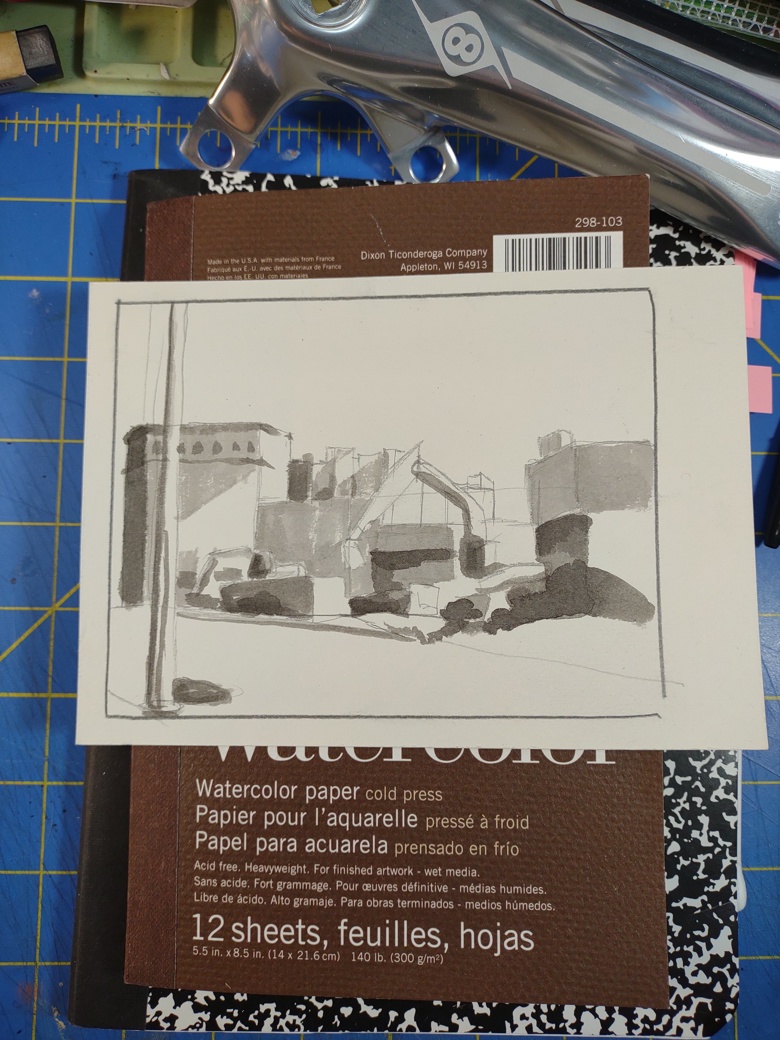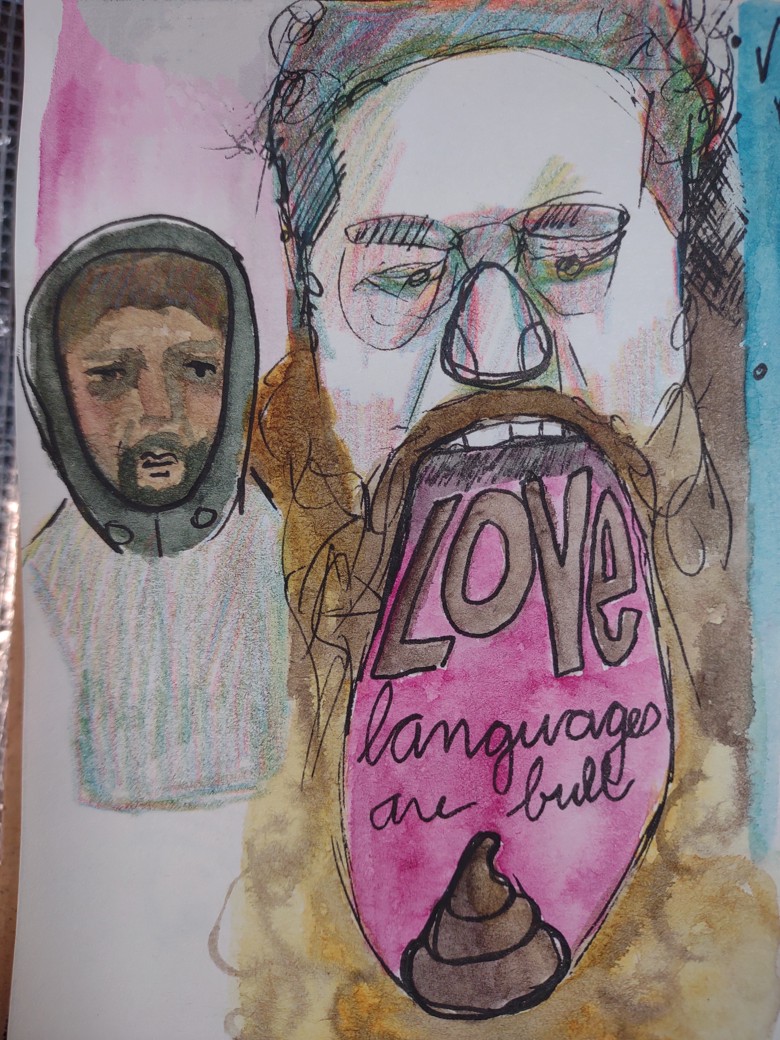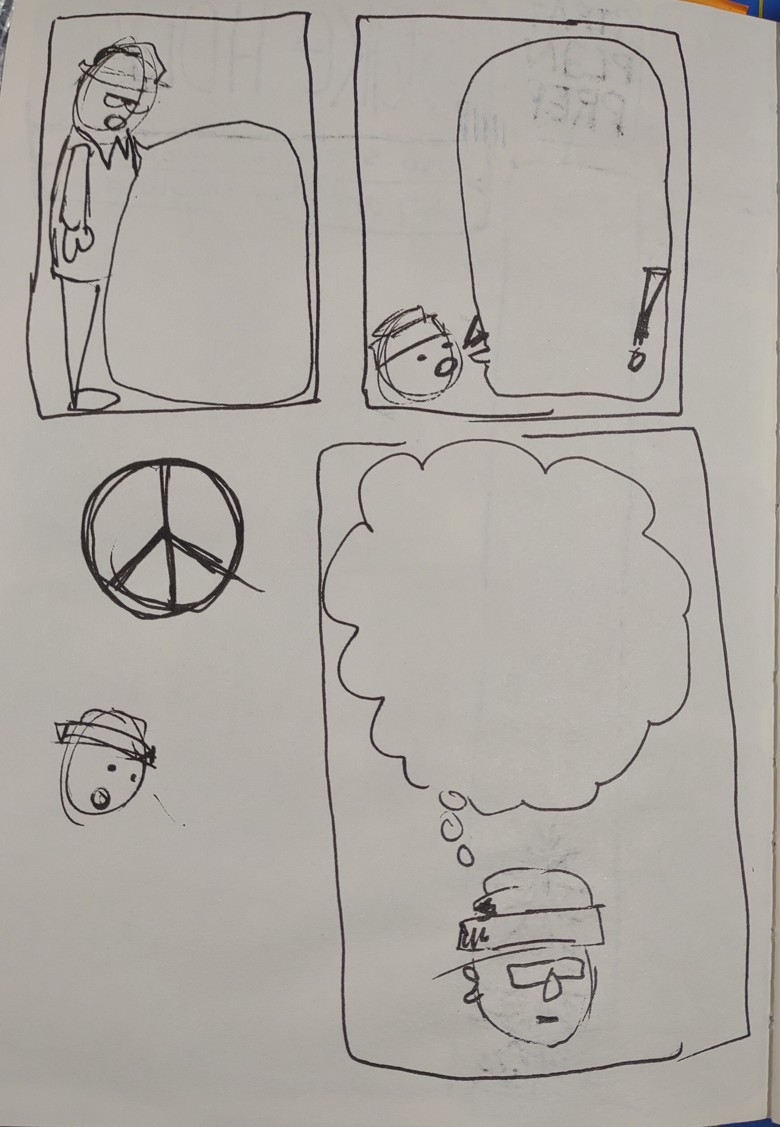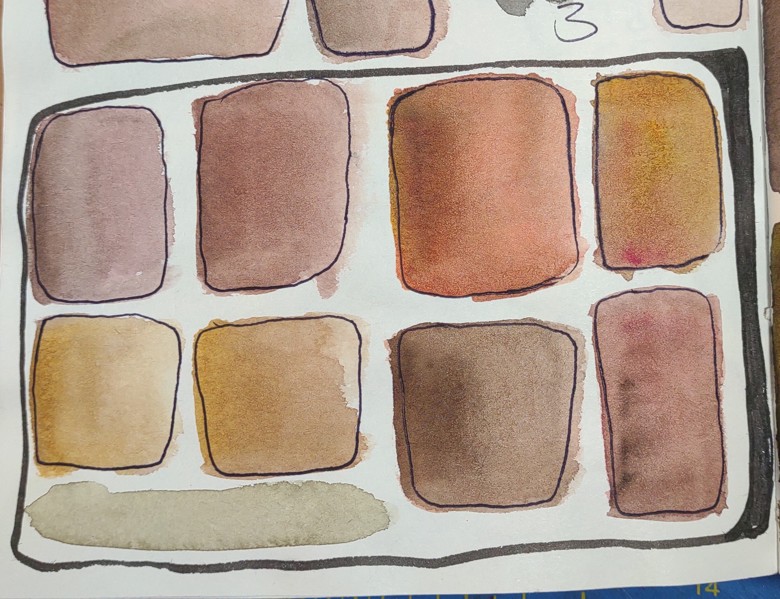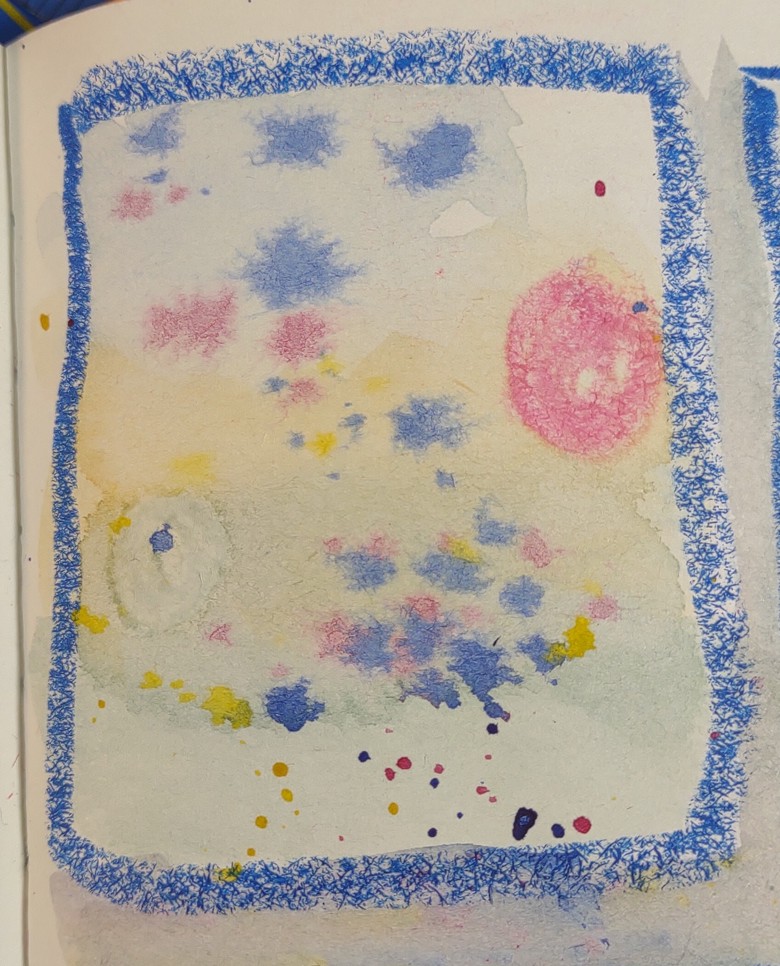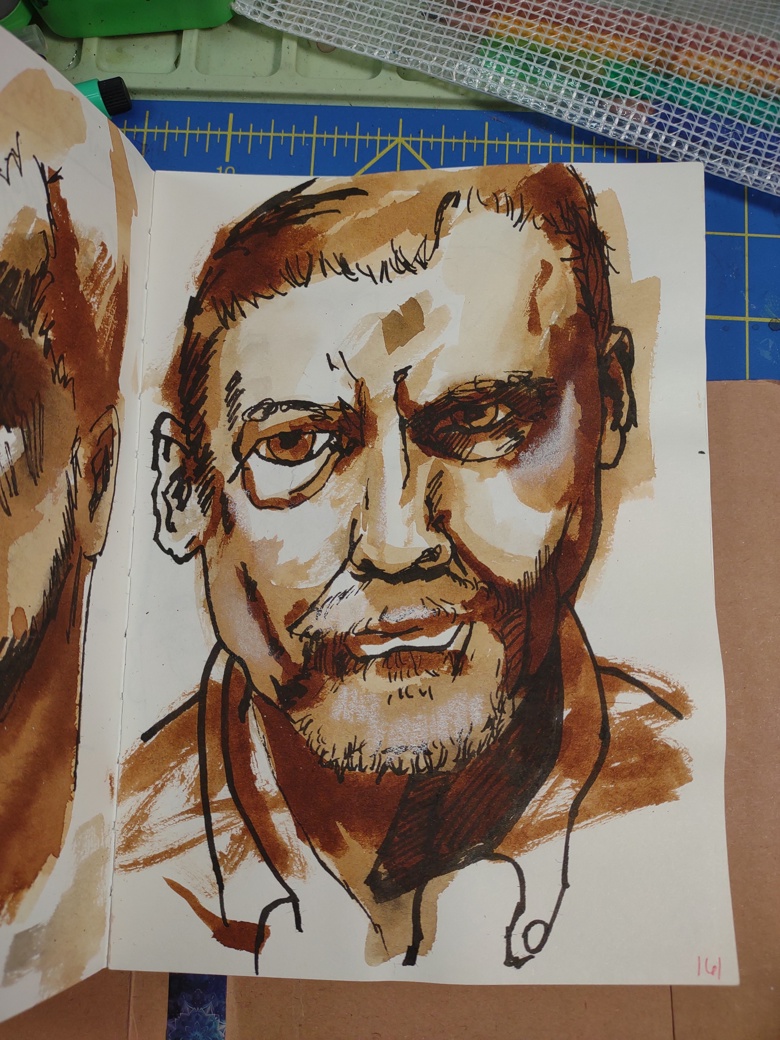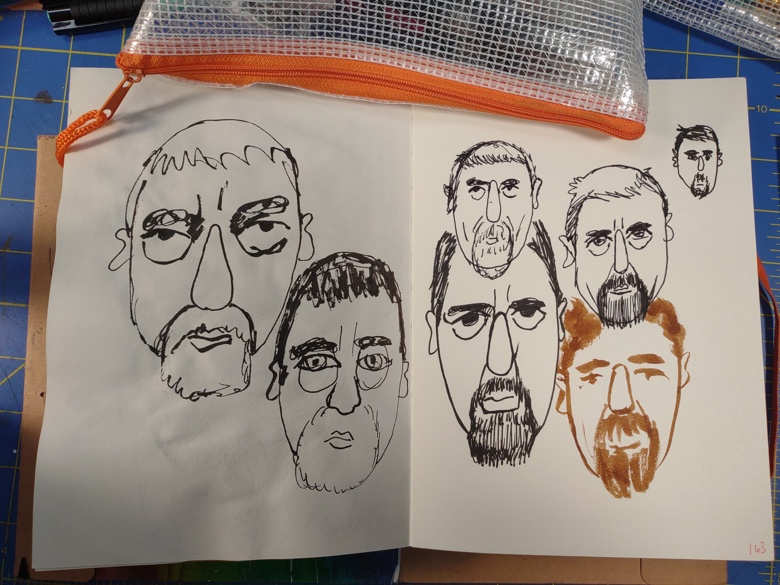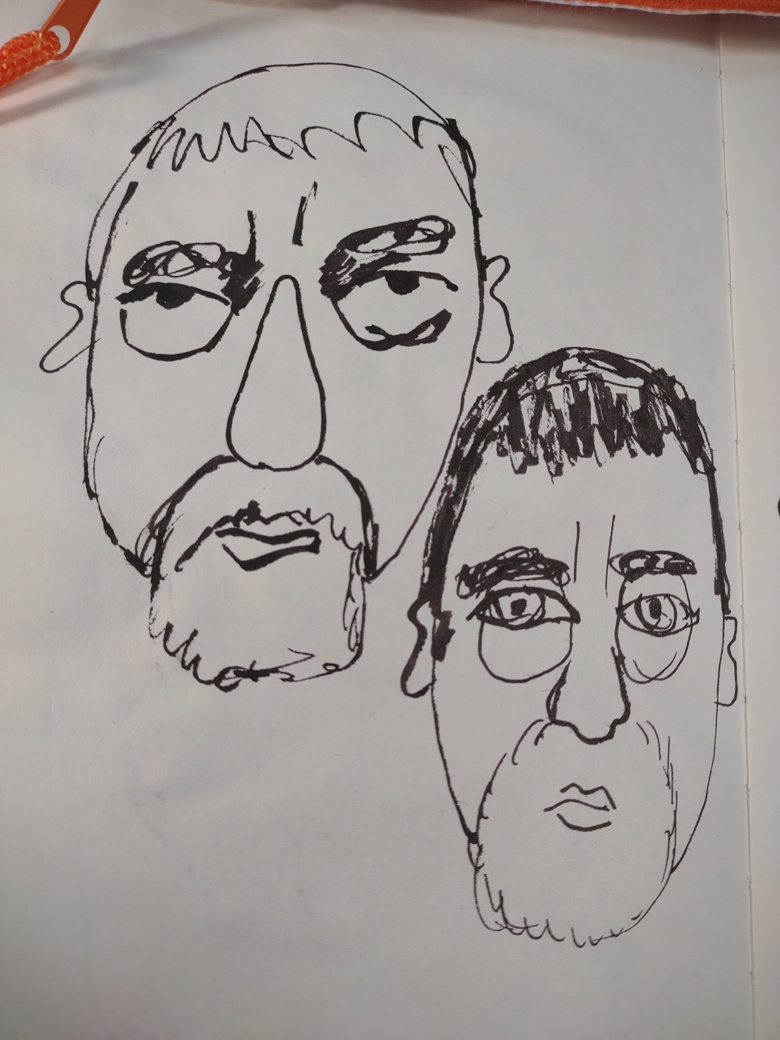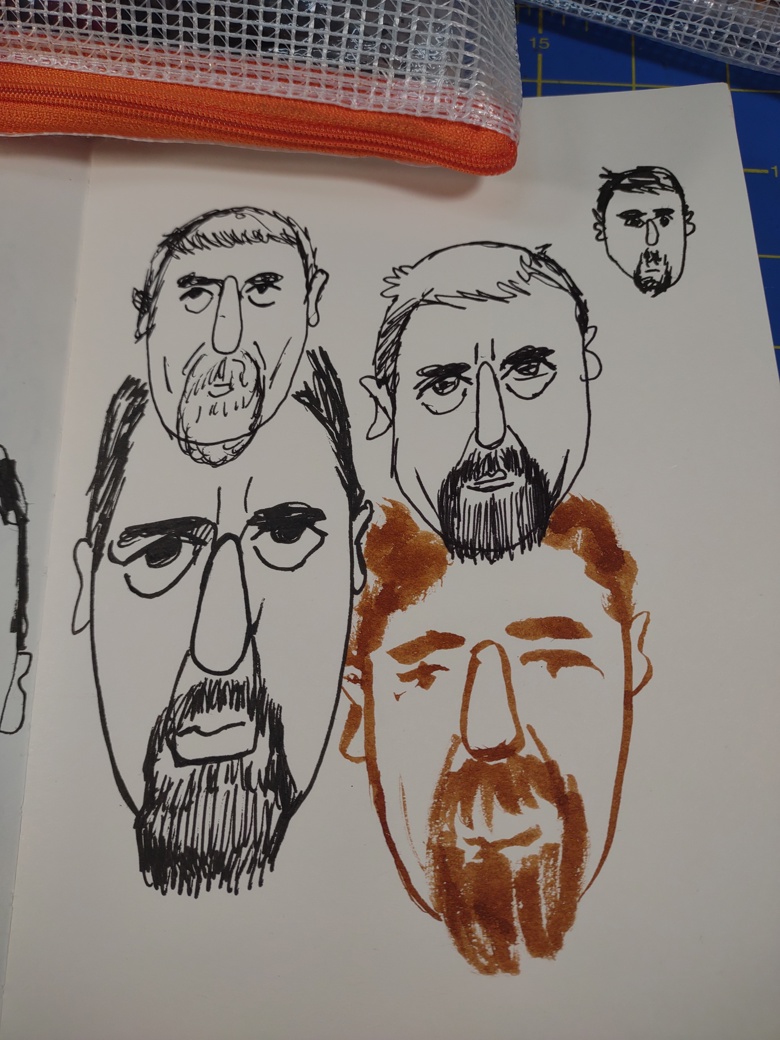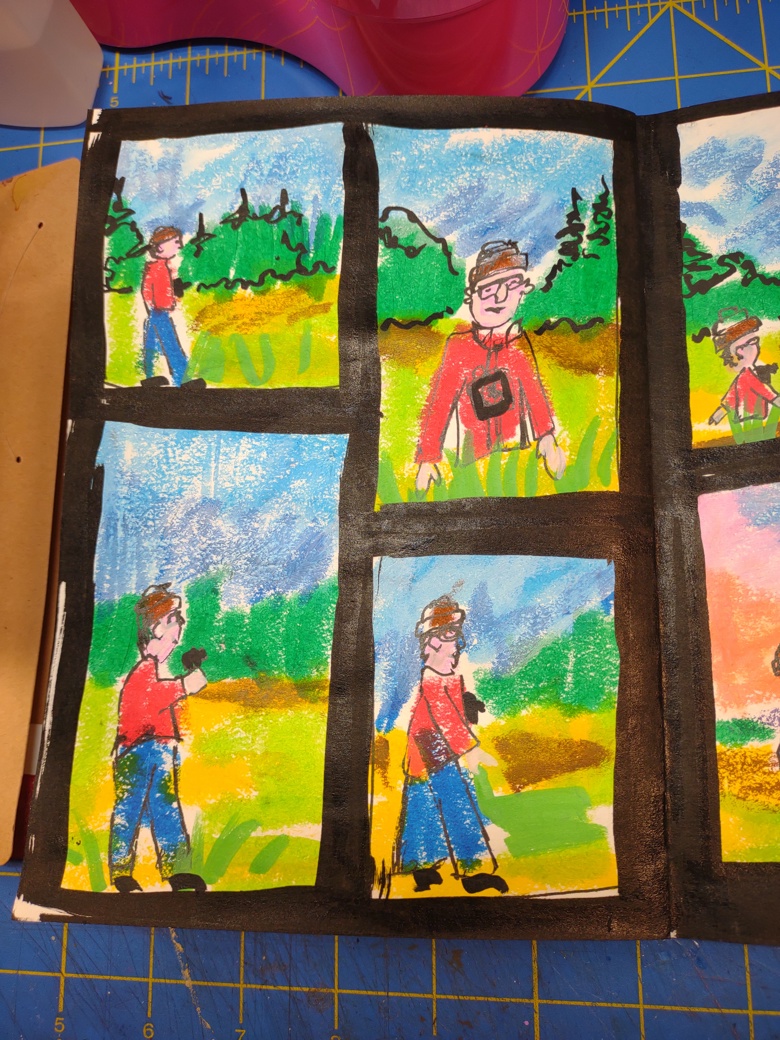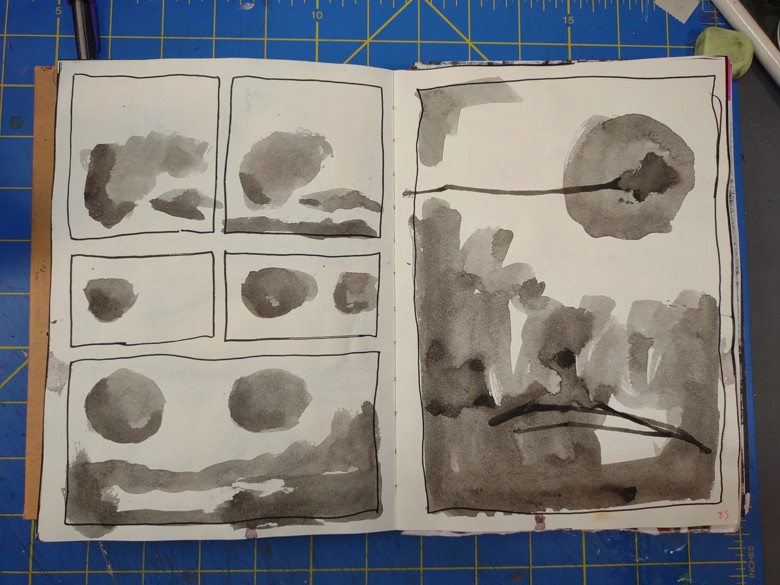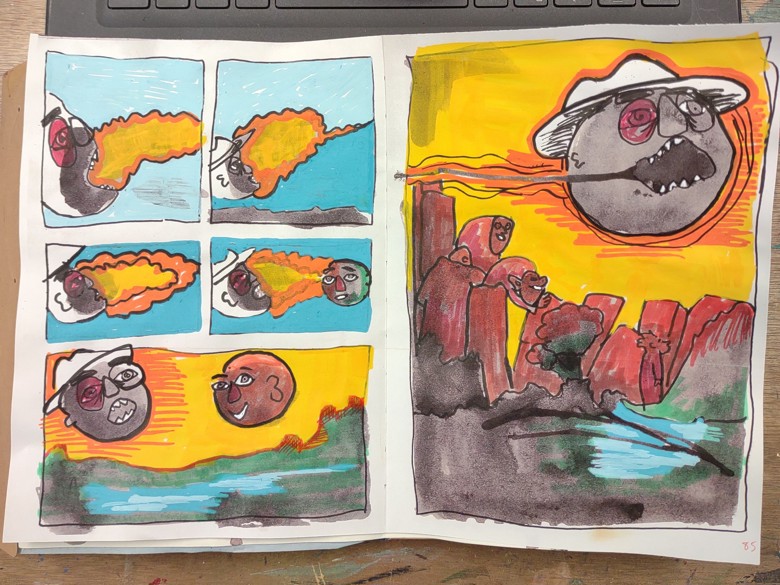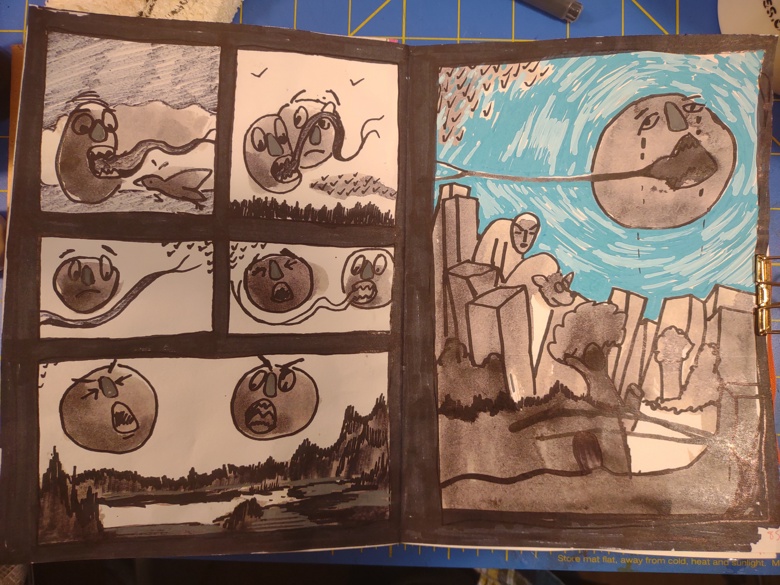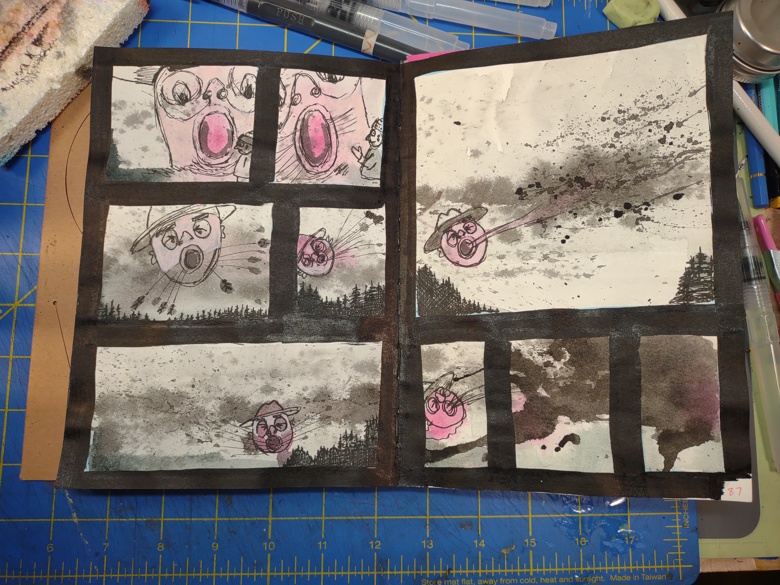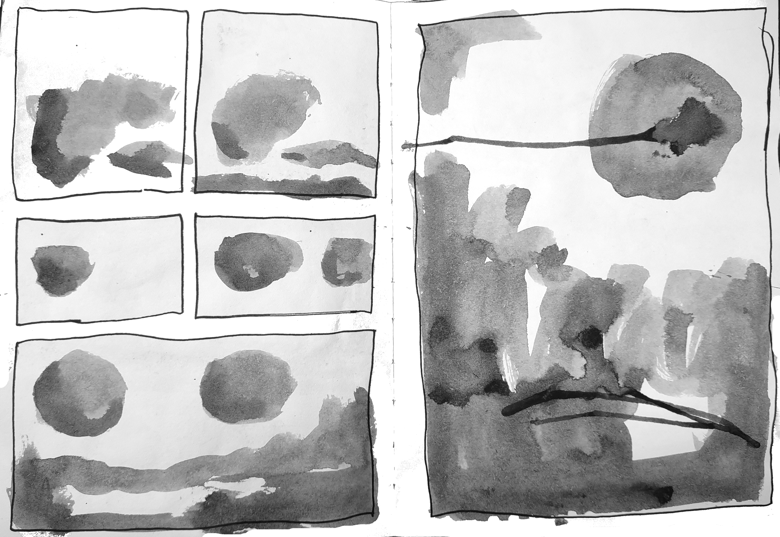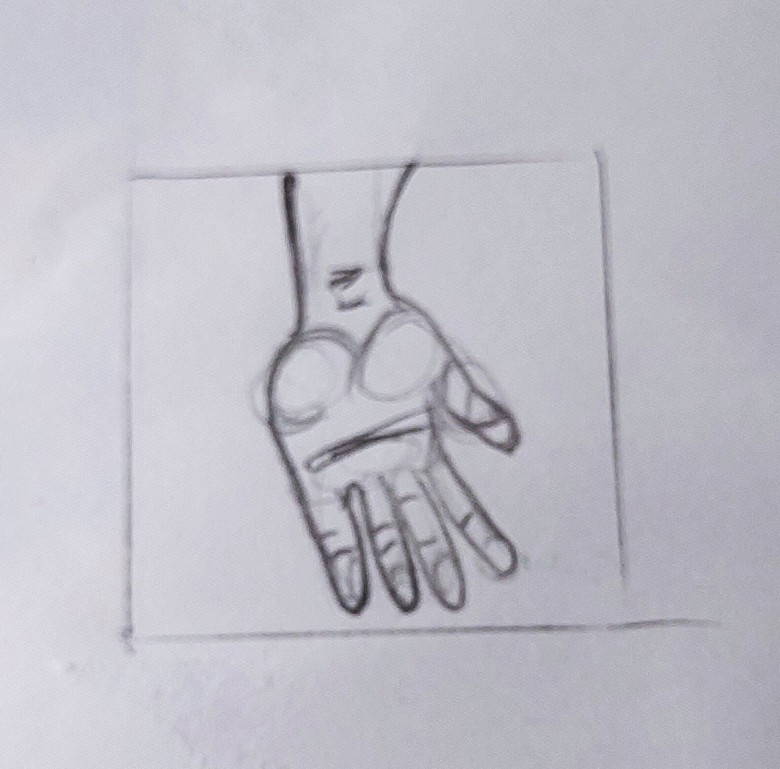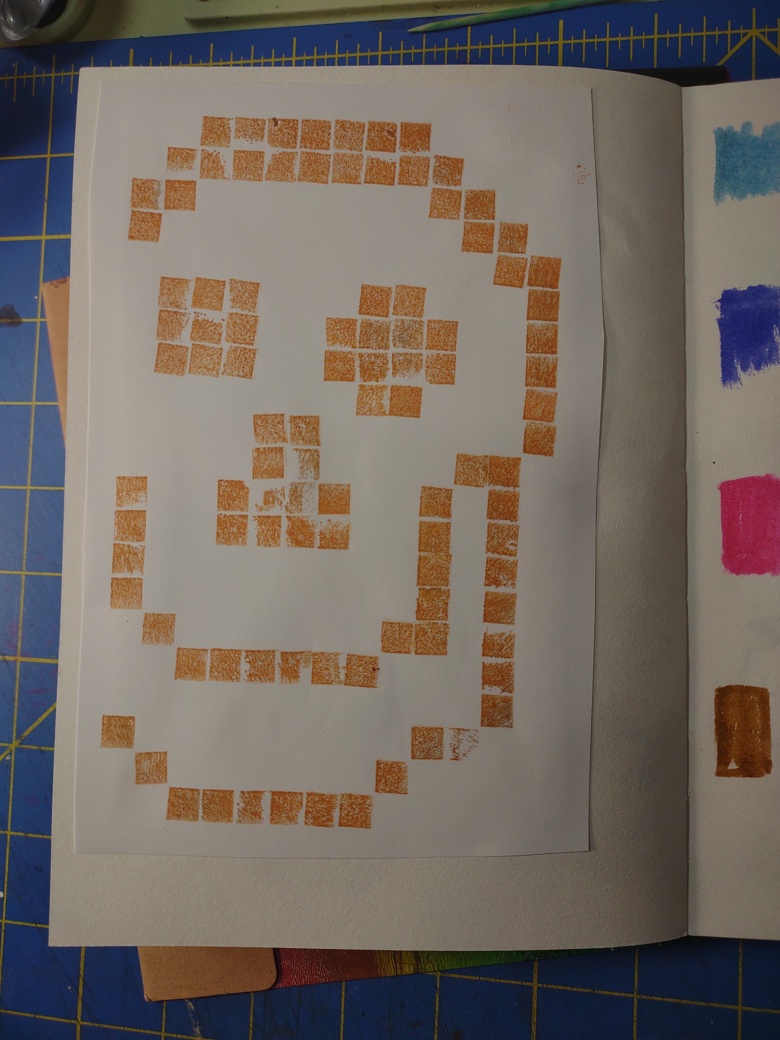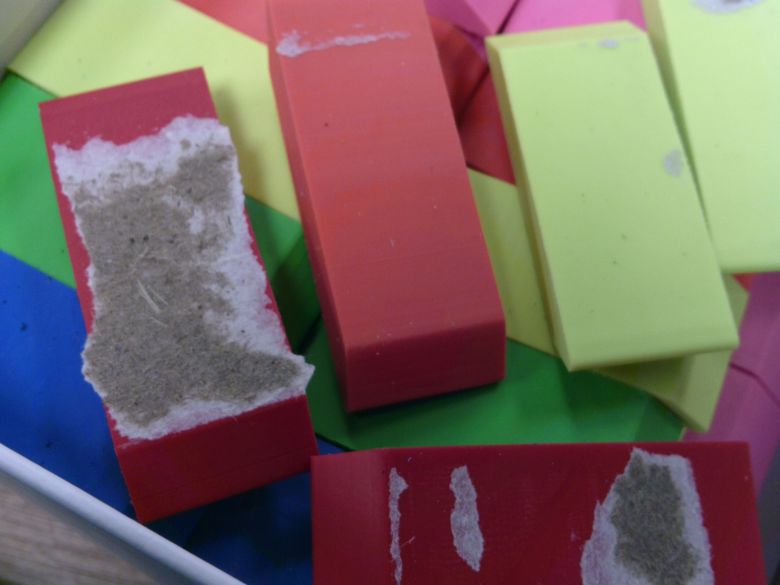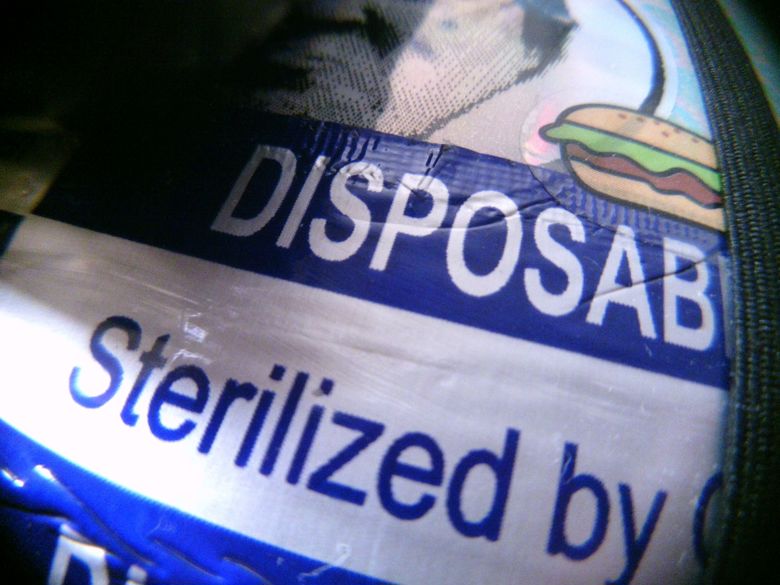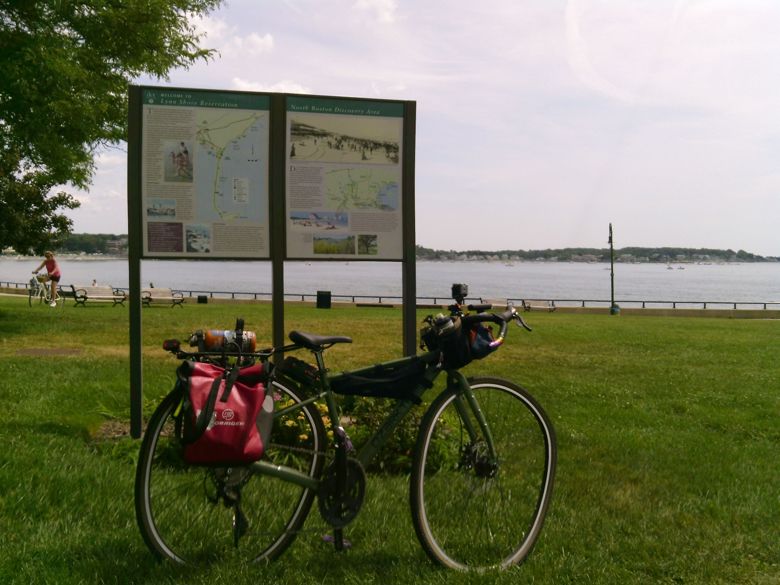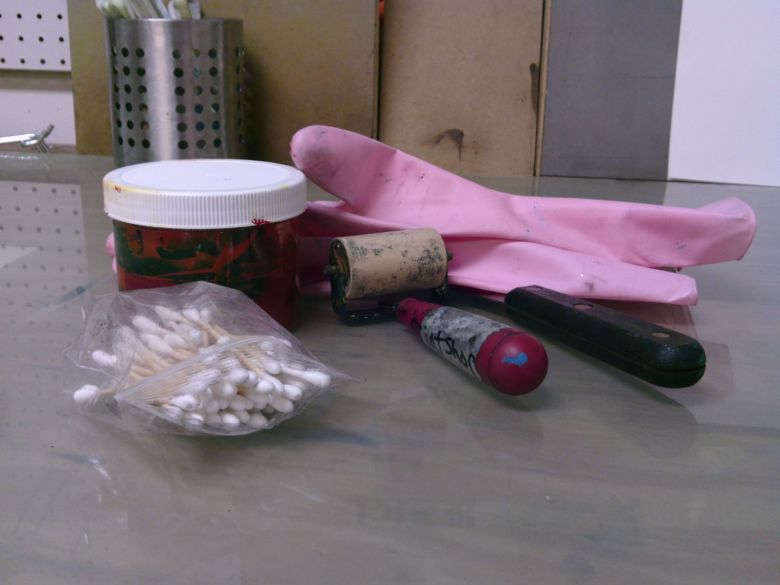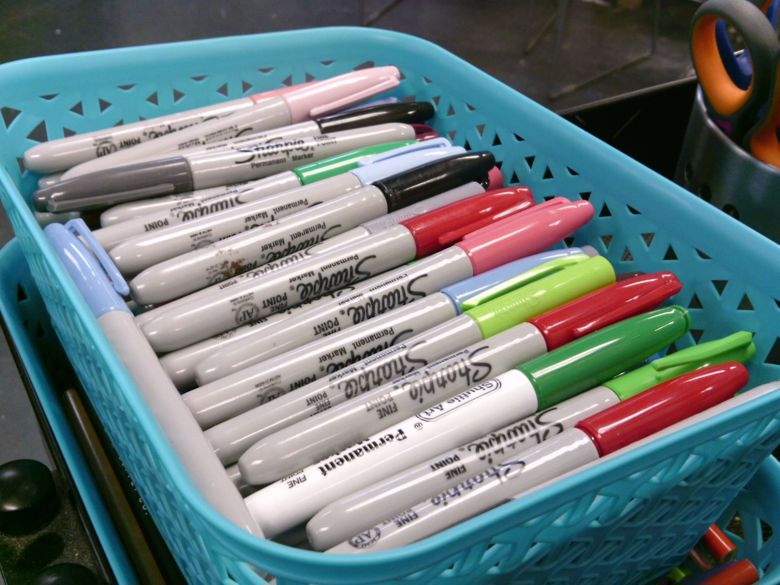Comparison is the thief of joy. Apparently this quote can’t be fully attributed to anyone I previously was told it should be, though many have said the same with more or less words. Even if Teddy Roosevelt didn’t say it, the sentiment stands important.
When I apply this to art it has several meanings:
- Comparing my art to the art of others is not helpful to my artistic journey.
- Comparing where I am on my artistic journey does not help me grow.
- Comparing my life situation to the situation of others is not helpful for my growth and journey.
I bring this up because there have been a series of vlog like videos and essays popping up in my YouTube and social media feeds that are about comparison- of the artistic self to other artists. (I will not link to them so as to not boost their popularity.)
Painting and drawing classes in college and grad school often have a section at the end of a project called: THE CRITIQUE. I always hated the critique. It always featured the professor, often a blow hard tool, giving you constructive and not so constructive feedback on your art. Which was then followed by your peers also giving you constructive and not so constructive feedback on your art. There was always at least one guy in the group who wanted to kiss the professor’s ass by shredding everyone’s work, especially if his work was critiqued harshly by the professor. THE CRITIQUE was only helpful to those who the professor adored and only the most capable of draughts-people.
For the rest of us it was a study in annoyances and judgement.
For many of us it set us up to compare ourselves to other artists for life.
It’s a habit I still struggle to break.
When I’m feeling down on my art I find myself leaning back into old critique habits. 
I wish I could say that 17-21 year old Less was a big enough person to stand strong and participate in THE CRITIQUE in a way that felt good to her. But no, I leaned into what others did and I learned the art language of destruction and I participated in the tear down rather than the build up.
I find myself using that old language:
- derivative
- not original
- needs work on….. (fill in the blank on something you feel doesn’t work in your art)
- composition would be better if….
- colors are garish, colors are muted
- needs more contrast
- we’re responding to this not because it’s a competent drawing but because of your use of color, which is quite good*
- You’re using what materials for this class? Hmmm, okay.**
In grad school we did a similar but less… intrusive practice. In this you personally interrogated your own art work. The intent wasn’t to critique if it was a good or bad painting but to explore what it meant/means to you personally. You asked it questions, interview style, to determine it’s meaning. This is something that you might think would call to me as someone who has personally stated again and again that every art journal page is a meditation, every art journal page has the surface meaning and the deeper meaning from the making, and that only the maker of the art has the full meaning, everything else is an interpretation.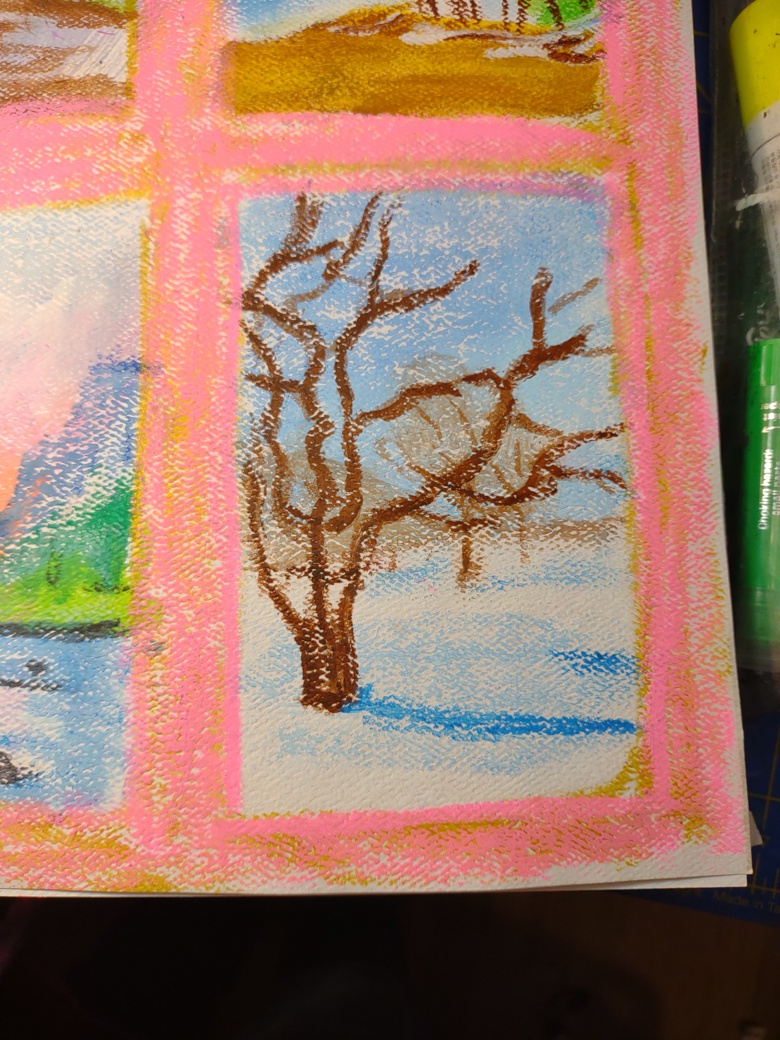
Part of my response to this interrogation of the art was due to the professor- a blow hard old dude of a certain age who name dropped big name artists in the area and that he owned a condo near the college, that he earned passive income on this that or something else. He also admitted and bragged about getting ideas for his essays and books from conversations he’d had with students. In a conversation with me, he said, “Oh are you going to develop (an oof hand comment I’d made) into an essay or an article? Because if you don’t I will.” He seemed surprised when I said, “I’ve already published something about that.”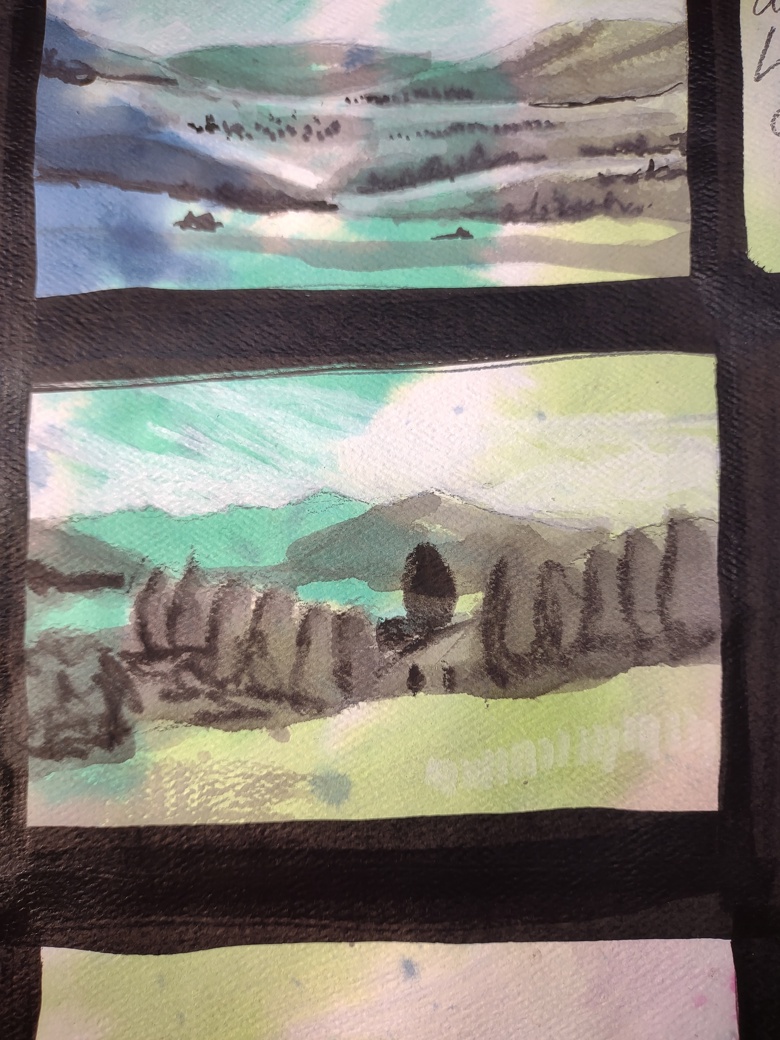
Anyway, this dude walked around playing a drum or kalimba as we painted and then asked us to sit in front of our art and ask it questions. Our art pieces were 4x6ft in size and made of an assortment of materials. Mine were made of cheap acrylics.
He gaped like a goldfish when I folded mine into a compact little package so I could take it on the train.
In that moment, I knew what I had to do.
The following class I set up a couple of tables and procured a large ruler and proceeded to tear my large painting down to manageable chunks. He was not in the room when I began. He walked in and the playing of his kalimba missed a beat. He gasped as I looked up, made eye contact, and tore my large painting into 10×18 inch chunks. “What are you doing?” The classroom went silent. The kalimba has stopped. Eyes were on me.
“I’m making a book.” I replied.
“Why?” He asked, his kalimba started again but still off beat. “It’s how I work. I make books.” “I don’t like it.” He replied. I grinned, “That’s okay. I do.”
My peers were agape. Several of my friends smiled, also disliking this guy.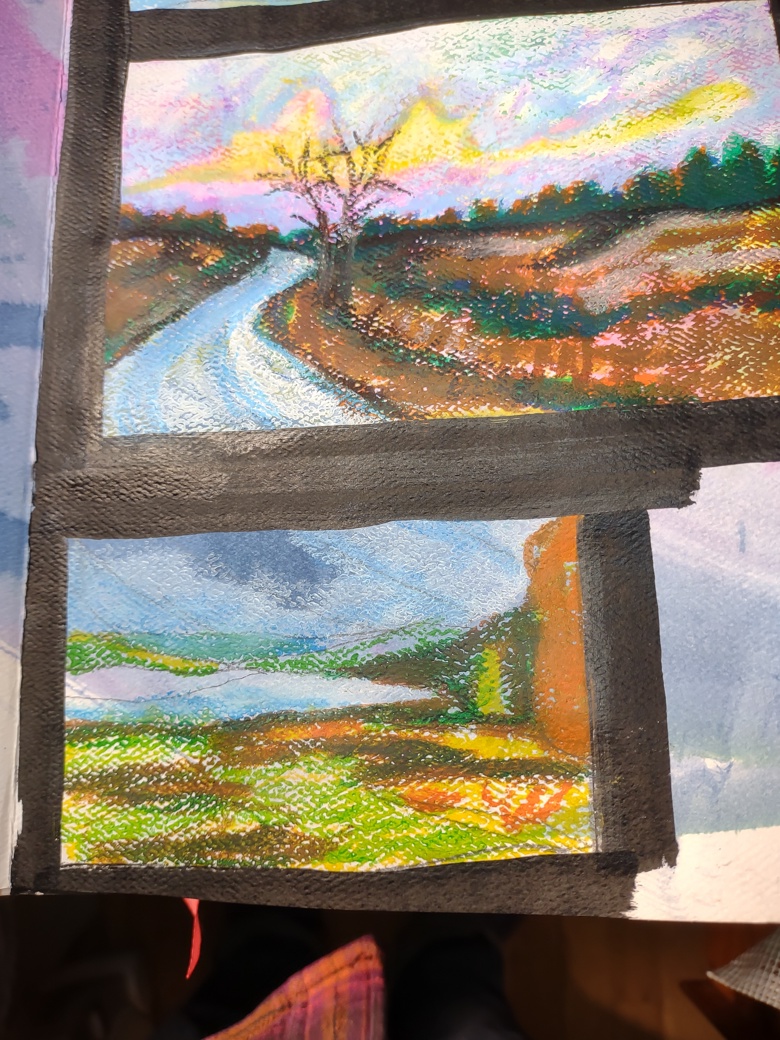
I then gathered the book chunks into stacks and folded them into signatures. I used a thick chunky hemp cord I found in the studio. I waxed it with a chunk of sticky bees wax.
My final project for the class was a book 9×10 inches and an inch thick of pages hand torn from paintings I made in that class. The paper thick with paint and ink. In the end he begrudgingly admitted that the book was beautiful but he mourned the loss of my larger paintings. He wasn’t amused when I stated that I didn’t miss them and that the only way I’d have kept them was in book format.
The final project was healing because I was able to cathartically release THE CRITIQUE and engage in healing around the destructive practices I’d learned when young. I released some of that pent up frustration I’d gained. I was able to speak up as an artist and state, “This works for me.” While also respectfully exploring how a person can represent a whole group of others.
I still have that book.
I’ve learned a whole lot more about that professor over the years and I’m not the only person who had a negative reaction to him. My internal instincts were spot on.
*actual quote from a professor
**another actual quote from a professor
